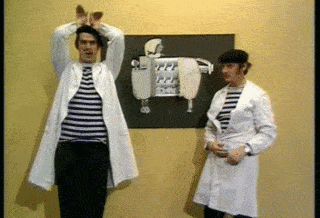I've only been once - in Hyderabad for business a few days and then a short excursion to make good use of the jet lag. Traveled a lot in my life - Mexico, behind the Iron Curtain in the early 80s, rural China 20 years ago. Nothing was quite like India.
Truly some beautiful places to see, and yes absolutely maddening and simultaneously beautiful chaos. Cattle in the marketplace.
Probably my main issue was that unlike any other trip, I really felt preyed upon. Maybe it was because I was a single traveler, and I do like to engage with people. I also like to walk all over with my camera and do as much street photography as I can. I found the Indians to be almost uniformly pleasant. But so many were just using the same script - 'Where are you from? Why are you here? What do you do? Oh, interesting, I teach at such and such school, we are having an art show today to help the students...', all in order to get you to go to a store where they get some sort of finders fee for bringing you in. I don't blame them, and don't hate them for it, so there were just so many of those interactions - 5-10 of them an hour - that I had to routinely shoo people away or be a bid rude to make them quit. It's incessant and it doesn't matter if you are near a tourist area or away from it. Also, the veil of pleasantry drops the minute you say no, and more than a few times the interaction turned somewhat angry. Never felt in any danger (at all) but those constant interactions really got old.
That said, saw some amazing things, and had some of the best food I've ever had (and didn't really have any stomach issues). But the abject poverty and the totality of the pollution is something which I've never experienced before. It's not just the poor children, it's the poor children picking through garbage that gets you. Hard to unsee.
Since you're down south, maybe try changing geographic areas to explore? Each seems like it's own country. I did a quick stay in Rajasthan - specifically Udaipur, but some of the neighboring towns (Jodhpur, Jaipur) look amazing as well. Udaipur was simply beautiful. I found it pretty easy to take domestic airlines, at the time IndiGo was cheap, clean and modern. Now, getting a taxi once you exit the airport was an exercise in fuckery, though...





